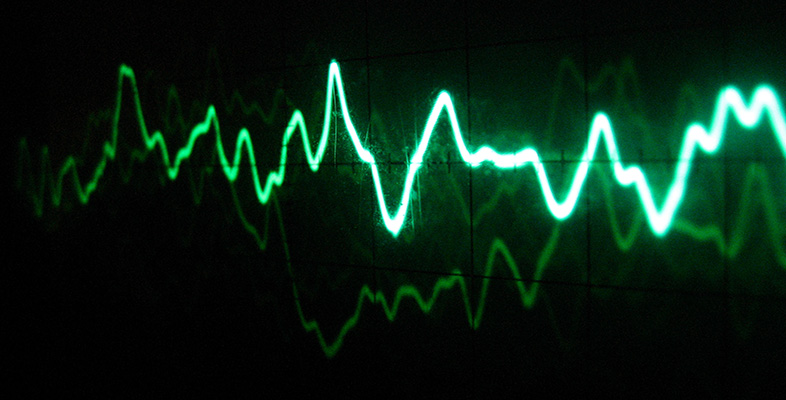1 Sound basics
1.1 Music and technology
Music technology in one guise or another is part of everybody's life, because music is a part of almost everybody's life. For instance, if you are an instrumental performer of music, professional or not, then your instrument, be it the harp or the rock'n'roll drums, will be the result of considerable technological expertise on the part of the instrument maker. On the other hand, if you are not a performer but like to listen to music, the chances are that most of your listening is done via a home hi-fi system or a car radio rather than in a concert hall. In this case your music is relayed to you via various technological devices; well before the music reaches a compact disc (CD) or radio it will have been manipulated in various way using studio devices for recording, mixing and mastering. From the traditional acoustic instruments to the modern computer-based sampler or synthesiser, from the museum gramophone to the latest MP3 player, whatever your choice of musical style and whatever your relationship with music, technology is virtually inescapable.
Technology and music have been closely associated since the first musical instruments were constructed. This may come as a surprise to people who are used to thinking of music technology in terms of electric or electronic devices. The piano, for example, has taken centuries of evolving technological expertise to become what it is today. Throughout its history, music has freely exploited state-of-the-art technological developments, and has had an intimate relationship with sciences such as physics, mathematics and, more recently, electronics and computing. T212 The Technology of Music, the OU's course on music technology, explores many examples that highlight this close relationship of music with both technology and the sciences.
The first block of TA212, specifically, explores sound, which is the basis of all music. Music, of course, implies sound. Music technology, essentially, has the purpose of enabling sound production, manipulation, storage and reproduction. But what is sound? Throughout the block registered students explore the various aspects that, together, comprise a basic model of sound. In this OpenLearn unit, in particular, you will get started in this exploration by learning about the various ways of interpreting the word ‘sound’, concentrating at first on a more formal approach to sound from the perspective of physics.
